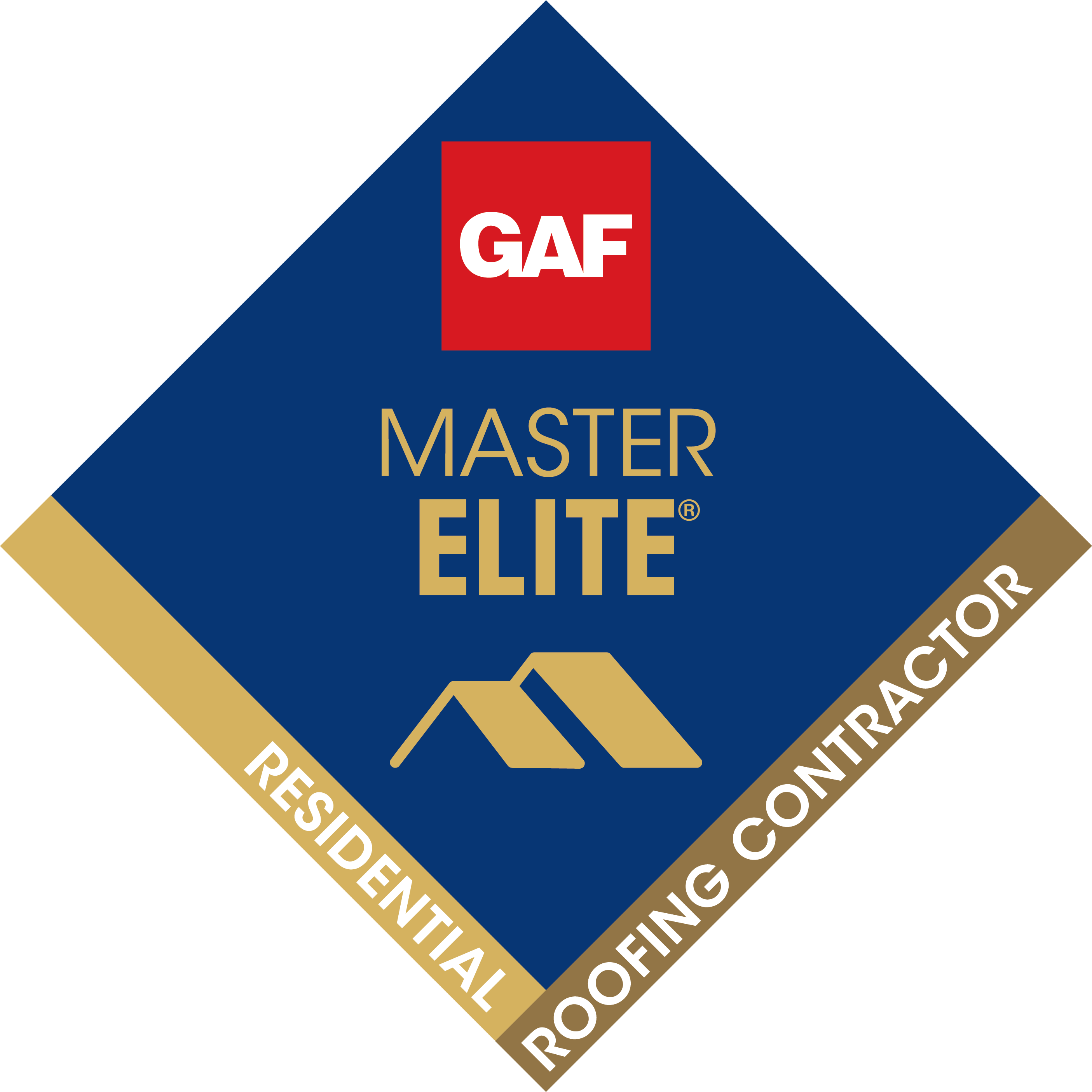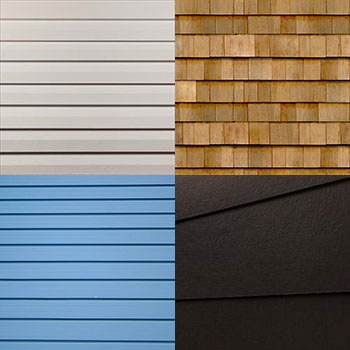At All-American Restoration, we work with four different types of siding. Here’s a guide for you to weigh the pros and cons of each type.
Cement Board Siding
Pros
Cons
Vinyl Siding
Pros
Cons
Water. Vinyl siding is water-resistant, not watertight. Make sure that your home is wrapped in a waterproof material that goes behind the siding. This should protect your home from the elements.
Metal Siding
Pros
Low maintenance. Once the metal siding is installed, it requires very little maintenance, especially in harsh winter climates like ours.
Moisture control. Metal does not absorb moisture, so you won’t have any problems with mold or fungi.
Insect-resistant. You won’t find any termites eating away at your metal siding. In fact, you won’t find any insects residing in your metal siding.
Fire resistance. This is especially important in areas with frequent forest fires or lightning strikes.
Cons
Dents. With aluminum siding, dents are a potential issue. Even a stone thrown from a lawnmower can cause a dent that is difficult to repair.
Color matching. If you ever have to replace a piece of metal siding, color matching can be very difficult. Steel generally holds its color better than aluminum, but if steel is scratched, you have to make sure to fix it right away to avoid rust.
Cost. Metal siding – especially steel – is heavy and more difficult to install, which results in higher labor costs. However, the long life expectancy helps to offset the initial cost.
Cedar Siding
Pros
Insulation. Cedar siding is a great insulator and can help to protect your home from thermal heat loss.
Beauty. This is an attractive material that works on a wide range of architectural styles.
Ease of work. Cedar siding is easy to cut, glue, and stain, making small repairs easier than other types of siding.
Cons
Discoloration. Both water and iron can cause undesirable stains on your cedar siding.
Mildew. Cedar siding is susceptible to mildew. Cleaning, however, is fairly easy.
Regardless of what kind of siding you choose, be sure to consult a professional siding contractor before undertaking the job. All American Restoration can partner with you through the process.





